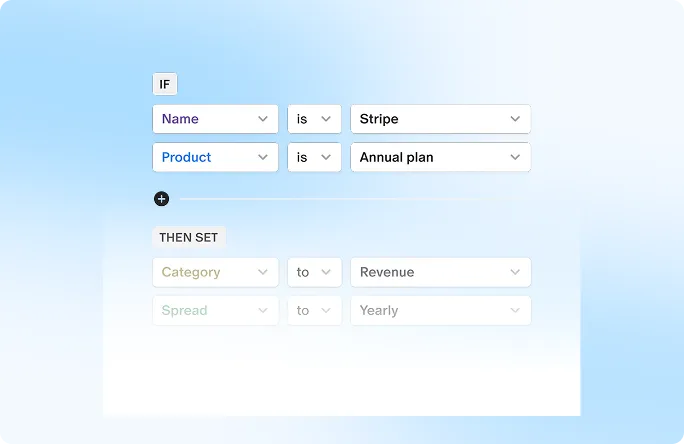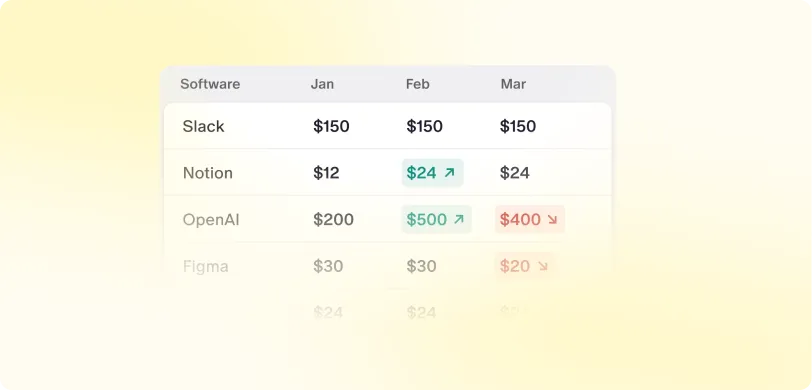In the dynamic landscape of modern workplaces, the concept of employee ownership has gained significant traction, providing a unique avenue for fostering a sense of engagement, loyalty, and shared success. At the heart of this movement lies the Employee Stock Ownership Plan (ESOP), a transformative structure that empowers employees by making them stakeholders in the company they contribute to. As ESOPs continue to evolve, an essential aspect gaining prominence is Recurring ESOP Liquidity Programs - a strategic approach that offers employees regular opportunities to convert their ownership into liquidity. This blog delves into the world of Recurring ESOP Liquidity Programs, exploring their benefits, complexities, and the pivotal role they play in aligning the interests of employees and companies alike. Join us on this journey to unravel the intricacies and advantages of fostering sustainable employee ownership through well-designed, recurring liquidity programs.
Understanding ESOPs and Liquidity
At the intersection of employee empowerment and business ownership, Employee Stock Ownership Plans (ESOPs) stand as a remarkable embodiment of collaboration and mutual prosperity. ESOPs are distinctive employee benefit programs that bestow a sense of ownership upon the workforce by granting them shares in the company they contribute to. This unique structure not only cultivates a stronger sense of engagement but also aligns employees' interests with the company's success, fostering a shared commitment to growth.
Yet, while ESOPs grant employees a stake in the company's fortunes, the need for liquidity within these ownership structures remains a paramount consideration. Liquidity, in this context, refers to the ability of employees to convert their ownership into cash or other easily tradable assets. This becomes a pivotal aspect as employees might require funds for diverse financial needs - from meeting personal aspirations to responding to unexpected life events.
The significance of liquidity for ESOP participants is two-fold. Firstly, it provides a tangible means for employees to access the value tied to their ownership, enhancing the practicality and attractiveness of ESOPs as an employee benefit. Secondly, regular access to liquidity can mitigate the risk of employees feeling trapped or limited by their ownership, as they can strike a balance between investing in their company's growth and securing their individual financial stability. Thus, understanding liquidity's role within the ESOP framework is vital for creating an ownership structure that not only nurtures engagement but also ensures the financial well-being of employees.
Need for Recurring Liquidity
In the realm of Employee Stock Ownership Plans (ESOPs), the need for recurring liquidity has emerged as a pivotal consideration, steering the course between short-term benefits and enduring success. While single-event liquidity provides employees with occasional opportunities to access the value of their ownership, recurring liquidity programs offer a more consistent avenue for converting ownership into cash.
The pros of recurring liquidity lie in its ability to address the evolving financial needs of ESOP participants. Life's demands are dynamic, ranging from educational expenses to unforeseen medical costs. Recurring liquidity programs ensure that employees have regular access to funds, reducing the stress of financial uncertainty.
Moreover, recurring liquidity sustains the long-term viability of ESOPs by encouraging consistent employee participation and engagement. Employees are more likely to stay invested in the company's growth when they have flexible ways to manage their ownership value. This approach fortifies the bond between employees and the company, fostering loyalty and enhancing the plan's overall sustainability.
In sum, the need for recurring liquidity in ESOPs arises from the desire to provide employees with stability, adaptability, and a means to secure both their immediate and future financial well-being.
Key Components of Recurring ESOP Liquidity Programs
Recurring ESOP liquidity programs are underpinned by key components that orchestrate a harmonious balance between employee ownership and financial flexibility. These components encompass a structured design, precise valuation mechanisms, and meticulous funding strategies.
Crafting a structured program involves defining eligibility criteria and determining the frequency of liquidity events. This ensures equitable access for participants while aligning with the company's financial capabilities. Precise valuation mechanisms are crucial to accurately assess the value of ESOP shares, assuring fairness and transparency. Employing varied valuation methods can enhance accuracy.
Equally vital is the strategy for funding these programs. Careful consideration is required to strike a balance between meeting employees' liquidity needs and safeguarding the company's financial stability. Establishing sustainable funding sources and ensuring alignment with business objectives are paramount.
In unison, these components establish the framework for recurring ESOP liquidity programs, offering employees the means to periodically transform their ownership into liquidity while safeguarding the company's overall health and sustainability.
Steps to Implement a Recurring ESOP Liquidity Program
Implementing a successful Recurring ESOP Liquidity Program demands a systematic approach encompassing various crucial steps.
Firstly, assessing your company's readiness is imperative. This entails evaluating financial capacity and commitment, ensuring the company can sustain the liquidity demands while maintaining operational vitality. Gauging employee interest and understanding is equally vital to ensure alignment with participant expectations.
Designing the program structure is the next pivotal phase. Collaborating with experts in ESOPs and finance helps craft a well-informed strategy. Customizing the program to mirror your company's culture and objectives enhances its effectiveness. This tailoring ensures the program resonates with employees and aligns with your long-term goals.
Upon execution, implementing the program in phases mitigates risks and allows for adjustments. Regularly reviewing the program's effectiveness and obtaining participant feedback facilitates improvements over time. This iterative process ensures the program remains relevant and supportive of employees' financial needs.
In sum, implementing a Recurring ESOP Liquidity Program requires meticulous evaluation, informed design, and vigilant execution. By diligently following these steps, companies can establish a program that enhances employee satisfaction, strengthens company culture, and promotes sustainable growth.
Conclusion
In the ever-evolving landscape of employee ownership and corporate sustainability, Recurring ESOP Liquidity Programs emerge as a beacon of harmonized interests. This journey through the intricacies of these programs reveals their profound potential. The symbiotic relationship they forge between employees and companies fosters an environment where ownership is not just a theoretical concept, but a tangible force driving motivation, loyalty, and prosperity.
As we conclude this exploration, it's evident that the narrative of Recurring ESOP Liquidity Programs is one of empowerment, resilience, and shared success. The stories of companies that have harnessed these programs to amplify engagement and stability offer valuable blueprints for the future. With a finger on the pulse of emerging trends and technological advancements, it's clear that these programs are poised to shape the ongoing evolution of employee ownership, cultivating sustainable businesses that thrive on the principles of collaboration and dedication. So, let us embark on this journey of recurring liquidity not just as an end in itself, but as a means to fortify the foundations of a brighter tomorrow, where businesses and employees prosper together.


 ESOP Management
ESOP Management

 Liquidity Solutions
Liquidity Solutions

 ESOP Consulting
ESOP Consulting

 Fund Management
Fund Management













































